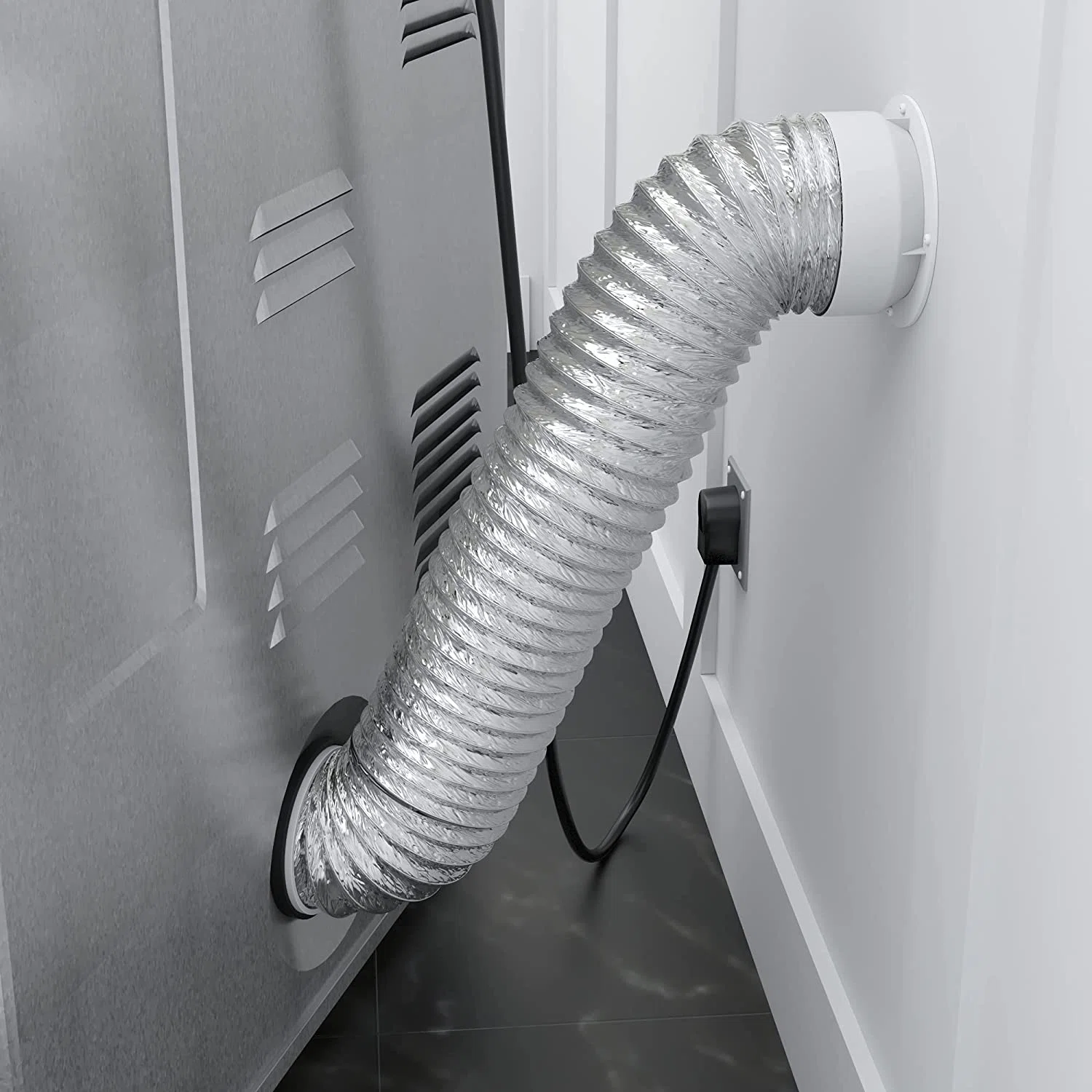

Articles
What Size Vent For Dryer
Modified: May 6, 2024
Looking for articles on what size vent to use for a dryer? Find helpful tips and recommendations to ensure proper ventilation for your dryer.
(Many of the links in this article redirect to a specific reviewed product. Your purchase of these products through affiliate links helps to generate commission for Storables.com, at no extra cost. Learn more)
Introduction
Welcome to the world of dryer vents! If you own a dryer, you probably already know the importance of proper ventilation. A well-functioning dryer vent is crucial for efficient drying, energy savings, and preventing potential hazards.
In this article, we will explore the topic of dryer vent sizes and why they matter. Whether you’re a homeowner looking to install a new dryer or a seasoned DIY enthusiast, understanding the importance of vent size selection is key to optimizing the performance of your dryer.
Proper ventilation allows for the smooth flow of hot, moist air from your dryer to the outdoors. It prevents the accumulation of lint and other debris, reduces the risk of condensation, and keeps your dryer running efficiently.
So, let’s dive into the world of dryer vent sizes and discover everything you need to know on how to choose the right one for your specific needs.
Key Takeaways:
- Proper ventilation for dryers is crucial for preventing fire hazards, improving energy efficiency, and extending the lifespan of your appliance. Choose the right vent size and maintain a clean vent system for optimal performance and safety.
- Regular maintenance and cleaning of your dryer vent are essential to prevent lint buildup, improve drying efficiency, and minimize the risk of fire hazards. Prioritize vent inspection and cleaning as part of your household routine for safe and efficient drying.
Read more: What Size Is The Dryer Vent
Importance of Proper Ventilation for Dryers
Proper ventilation for dryers is essential for various reasons. Let’s take a closer look at why it is crucial to ensure your dryer has adequate ventilation:
- Preventing Fire Hazards: One of the primary reasons to ensure proper dryer ventilation is to reduce the risk of fire hazards. Lint buildup in the dryer vent can lead to overheating, which can ignite and cause a fire. Regular maintenance and proper vent sizing can help prevent lint accumulation and minimize the risk of fire.
- Improving Energy Efficiency: When a dryer is properly vented, it operates more efficiently, saving energy and reducing utility costs. A clogged or undersized vent can restrict airflow, making the dryer work harder and consume more energy. By ensuring proper ventilation, you allow hot air to flow freely, improving drying performance.
- Enhancing Drying Performance: Adequate airflow is crucial for effective drying. Improper ventilation can lead to longer drying times, as moist air takes longer to escape from the dryer. By choosing the right vent size, you ensure efficient air circulation, improving the overall drying performance of your dryer.
- Preventing Moisture Buildup: Without proper ventilation, moisture from the dryer can accumulate in your laundry room or even backflow into the dryer itself. Moisture buildup can lead to mold and mildew growth, unpleasant odors, and potential damage to the dryer. A well-ventilated dryer allows moisture to escape, keeping your laundry area dry and preventing potential issues.
- Extending the Lifespan of Your Dryer: When a dryer is properly vented, it experiences less strain and operates under optimal conditions. This can result in a longer lifespan for your dryer, saving you money on costly repairs or replacements.
By understanding the importance of proper ventilation, you can take the necessary steps to ensure your dryer functions efficiently, reduces fire risks, and provides optimum drying performance for years to come.
Understanding Ventilation Requirements for Dryers
When it comes to ventilation requirements for dryers, there are a few key factors to consider. Let’s delve into them:
- Adequate Airflow: Dryers require proper airflow to effectively vent out the hot, moist air. Ideally, the dryer vent should allow unrestricted airflow, minimizing any blockage that could impede the drying process. A lack of airflow can lead to longer drying times and potential damage to the dryer.
- Vent Length and Design: The length and design of the vent can impact its efficiency. The shorter and straighter the vent, the better the airflow will be. Longer, complex vents with sharp bends can obstruct airflow and trap lint, making them less efficient and increasing the risk of clogs.
- Proper Vent Material: The vent material is another important consideration. It is recommended to use rigid metal ducting, such as aluminum or galvanized steel, for dryer vents. Flexible plastic or foil ducts can sag or collapse over time, restricting airflow and creating a fire hazard.
- Safe Vent Location: Dryer vents should be directed to the outdoors. Venting moist air into attics, crawlspaces, or other enclosed areas can lead to moisture buildup, mold growth, and potential structural damage. Ensure your vent is properly directed outside, preferably with a vent hood or cap to prevent debris, pests, and backdrafts.
- Compliance with Building Codes: It’s important to be aware of local building codes and regulations regarding dryer vent installation. Some municipalities have specific requirements for vent size, length, and materials. Ensure your dryer vent installation meets the necessary codes to ensure safety and compliance.
By understanding and adhering to these ventilation requirements, you can optimize the performance of your dryer, minimize the risk of hazards, and ensure the longevity of your appliance.
Factors to Consider When Choosing a Vent Size
Choosing the right vent size for your dryer is crucial for optimal performance. Here are some key factors to consider when making this decision:
- Dryer Capacity: The size of your dryer plays a significant role in determining the appropriate vent size. Larger dryers with higher capacities require larger vents to accommodate the increased airflow. Consider the capacity of your dryer when selecting the vent size.
- Vent Length: The length of the vent from your dryer to the outdoor exhaust point is an important factor. Longer vents require larger diameters to facilitate proper airflow. It’s recommended to consult the manufacturer’s guidelines or a professional to determine the ideal vent size based on the length of the vent run.
- Restrictions and Obstacles: Consider any restrictions or obstacles that may impede the airflow in your vent system. Sharp bends, turns, or narrow passages can hinder airflow and increase the risk of lint buildup. In such cases, a larger vent size may be necessary to compensate for the reduced airflow capacity.
- Compatibility: Ensure that the vent size you choose is compatible with your particular dryer model. Refer to the manufacturer’s specifications or consult the user manual to determine the recommended vent size for your appliance. Using an incompatible vent size can affect performance and potentially void warranty coverage.
- Local Building Codes: It’s essential to comply with local building codes and regulations when selecting a vent size. Some jurisdictions may have specific requirements regarding vent size, material, and installation. Familiarize yourself with the applicable codes to ensure your vent size meets the necessary standards.
By considering these factors, you can make an informed decision and choose the appropriate vent size for your dryer. Remember, proper vent sizing is crucial for efficient airflow, optimal drying performance, and maintaining the safety of your dryer.
Common Vent Sizes for Dryers
When it comes to dryer vent sizes, there are a few standard options that are commonly used. The most common vent sizes for dryers include:
- 4-Inch Diameter: The 4-inch vent size is the most common and widely used for residential dryers. It provides sufficient airflow for most standard-sized dryers and is recommended for dryer capacities of up to 150 cubic feet per minute (CFM).
- 3-Inch Diameter: Some older dryer models may require a 3-inch vent size. However, this size is less common nowadays and is typically seen in older or compact dryers. If you have a 3-inch vent, it’s advisable to check with the manufacturer to ensure proper compatibility and airflow.
- 6-Inch Diameter: In certain situations where longer vent runs are necessary or larger dryer capacities are involved, a 6-inch vent size may be required. This size allows for increased airflow and is commonly used in commercial or industrial dryer setups where greater airflow is needed.
- Rectangular Vents: In some cases, rectangular vents may be used instead of round vents. These types of vents are commonly used in situations where space constraints or specific venting configurations require a different shape. Rectangular vent sizes vary depending on the specific requirements of the installation.
It’s important to note that the appropriate vent size for your dryer may vary depending on factors such as dryer capacity, vent length, and local building codes. Always refer to the manufacturer’s recommendations or consult with a professional to determine the ideal vent size for your specific dryer setup.
Remember, choosing the correct vent size is crucial for proper airflow, efficient drying, and safe operation of your dryer.
Make sure to check the manufacturer’s recommendations for the specific size of vent needed for your dryer. In general, a 4-inch diameter vent is standard for most dryers, but larger capacity dryers may require a larger vent. Always follow the manufacturer’s guidelines for proper ventilation.
Read more: What Size Hole For A Dryer Vent
Determining the Right Vent Size for Your Dryer
Choosing the right vent size for your dryer is essential for optimal performance and safety. To determine the appropriate vent size, follow these steps:
- Check the Manufacturer’s Recommendations: Start by checking the manufacturer’s guidelines or user manual for your specific dryer model. The manufacturer usually provides recommendations for the ideal vent size based on the dryer’s capacity and specifications. This information will give you a good starting point.
- Consider the Vent Length: The length of the vent run plays a significant role in determining the vent size. Longer vent runs require larger diameters to maintain proper airflow. Measure the distance from your dryer to the outside vent location and take note of any twists, turns, or bends along the way.
- Calculate the CFM Requirements: CFM (cubic feet per minute) is a measurement of airflow. It’s important to calculate the CFM requirements for your dryer to ensure adequate ventilation. Generally, a standard-sized residential dryer requires a minimum airflow of 100-150 CFM. However, larger dryers or specific models may have different CFM requirements.
- Consult a Professional: If you’re unsure about the right vent size for your dryer or have complex venting requirements, it’s recommended to consult a professional HVAC technician or dryer vent specialist. They have the knowledge and experience to assess your specific needs and recommend the appropriate vent size for optimal performance.
- Consider Local Building Codes: Familiarize yourself with the local building codes and regulations regarding dryer vent installations. Some jurisdictions may have specific requirements for vent size, material, or installation methods. Ensure that your chosen vent size complies with these codes to maintain safety and compliance.
By following these steps and taking into account the manufacturer’s recommendations, vent length, CFM requirements, and local building codes, you can determine the right vent size for your dryer. Remember, proper vent sizing is crucial for efficient drying, preventing hazards, and ensuring the longevity of your dryer.
Installation Steps for Different Vent Sizes
The installation process for dryer vents may vary depending on the vent size you are working with. Here are some general steps to follow for different vent sizes:
- 4-Inch Diameter Vent:
- Mark the desired location for the vent on the exterior wall of your home, ensuring it is away from any obstructions.
- Drill a pilot hole from the inside to the outside, then use a reciprocating saw or hole saw to cut a 4-inch diameter hole through the wall.
- Attach the vent hood to the exterior wall, aligning it with the hole.
- Connect the flexible or rigid metal vent duct to the back of the dryer, ensuring a secure and tight connection.
- Route the vent duct through the wall opening and attach it to the vent hood on the exterior wall.
- Secure all connections with metal clamps or foil tape to prevent air leaks.
- 3-Inch Diameter Vent:
- Follow the same steps as for a 4-inch vent, but ensure all components, such as the vent hood and ducting, are designed for the smaller 3-inch diameter.
- Take extra care to ensure proper airflow, as the smaller vent size may have more restrictions and require more frequent cleaning to prevent lint buildup.
- 6-Inch Diameter Vent:
- For larger vents, it is recommended to consult a professional, as they can provide guidance specific to your dryer model and ventilation requirements.
- Avoid sharp bends or turns in the vent run to minimize airflow restrictions.
- Ensure the vent duct and components are designed for the larger 6-inch diameter.
- Rectangular Vents:
- Rectangular vents may require different installation techniques and components compared to round vents.
- Follow the manufacturer’s instructions for the specific rectangular vent size and design you are using.
- Ensure proper sealing and secure connections to prevent air leaks and maintain efficient airflow.
It’s important to remember that these steps provide a general guideline, and it’s always recommended to consult the manufacturer’s instructions and local building codes for your specific vent size and installation requirements. If you’re unsure about the installation process, it’s best to seek the assistance of a professional to ensure a safe and efficient dryer vent installation.
Maintaining and Cleaning Your Dryer Vent
Maintaining and cleaning your dryer vent is essential to ensure its optimal performance and prevent potential hazards. Follow these steps to keep your dryer vent system in top shape:
- Regular Inspections: Routinely inspect your dryer vent system for any signs of damage, blockages, or obstructions. Check for lint buildup, bird nests, or debris that may hinder airflow.
- Cleaning the Lint Trap: After each use, clean the lint trap or filter to prevent lint accumulation. Remove any lint or debris from the screen, rinse if necessary, and allow it to dry completely before reinserting it into the dryer.
- Clearing the Dryer Vent Opening: Regularly check the vent opening on the exterior of your home. Remove any obstructions, such as leaves, debris, or bird nests, that may prevent proper airflow.
- Removing Lint from the Dryer Vent Duct: Over time, lint can accumulate in the dryer vent duct. Use a vent brush or vacuum with a long, flexible attachment to carefully remove the lint from the ductwork. Ensure you disconnect the vent from the dryer before attempting to clean the duct.
- Cleaning the Vent Cap and Hood: Remove the vent cap or hood from the exterior wall and clean it thoroughly. Remove any lint or debris that may have accumulated on the surface or inside the vent hood to maintain proper airflow.
- Professional Dryer Vent Cleaning: It is recommended to have your dryer vent professionally cleaned at least once a year, especially if you notice excessive lint accumulation or decreased drying performance. A professional technician will have specialized tools and equipment to thoroughly clean the vent system.
- Monitoring Drying Times: Pay attention to the drying times of your laundry. If you notice a significant increase in drying time or if your clothes feel overly hot after a cycle, it may indicate a clogged vent that requires immediate attention.
- Education and Safety Precautions: Familiarize yourself with safety precautions and best practices for dryer vent maintenance. Avoid using your dryer when you are not home or while you are sleeping to minimize the risk of fire.
By regularly maintaining and cleaning your dryer vent, you can prevent lint buildup, improve drying efficiency, and minimize the risk of fire hazards. It’s important to prioritize dryer vent maintenance as part of your household routine to ensure the proper operation of your dryer and promote a safe living environment.
Conclusion
Proper venting for dryers is crucial for efficient drying, energy savings, and safety. The right vent size and regular maintenance are essential for optimal performance and preventing potential hazards.
By understanding ventilation requirements, considering factors such as vent size, dryer capacity, vent length, and local building codes, you can choose the appropriate vent size for your specific dryer setup. Proper vent sizing ensures adequate airflow, shorter drying times, energy efficiency, and the prevention of fire hazards.
Maintaining and cleaning your dryer vent system is equally important. Regular inspections, clearing obstructions, cleaning the lint trap, and periodically removing lint from the ducts are all part of proper maintenance. Professional dryer vent cleaning should be considered at least once a year to ensure thorough removal of lint and debris.
By following these guidelines and incorporating vent inspection and cleaning as part of your regular household routine, you can improve dryer performance, prolong the lifespan of your appliance, and reduce the risk of fire hazards associated with improper ventilation.
Remember, when it comes to dryer vents, size matters. Choose the right vent size, maintain a clean and functional vent system, and enjoy efficient and safe drying for years to come.
Now that you've got the scoop on sizing vents for dryers, why stop there? Dive into our guide on what a laundry room entails, perfect for anyone looking to optimize or create their washing space. Or, if you're feeling handy, check out why DIY projects are such a hit. Both articles are packed with insights and fun ideas that'll keep your home improvement journey exciting and rewarding.
Frequently Asked Questions about What Size Vent For Dryer
Was this page helpful?
At Storables.com, we guarantee accurate and reliable information. Our content, validated by Expert Board Contributors, is crafted following stringent Editorial Policies. We're committed to providing you with well-researched, expert-backed insights for all your informational needs.
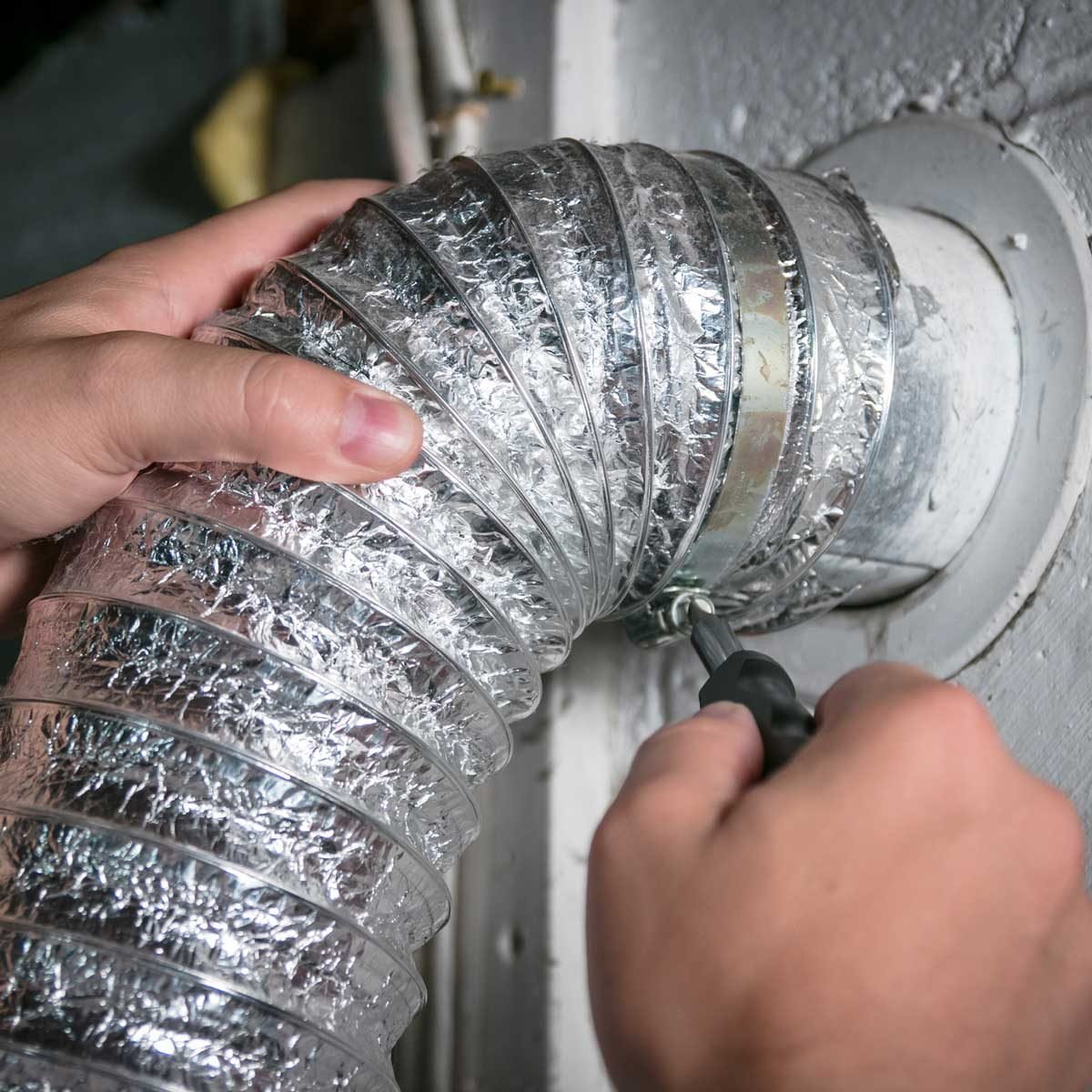
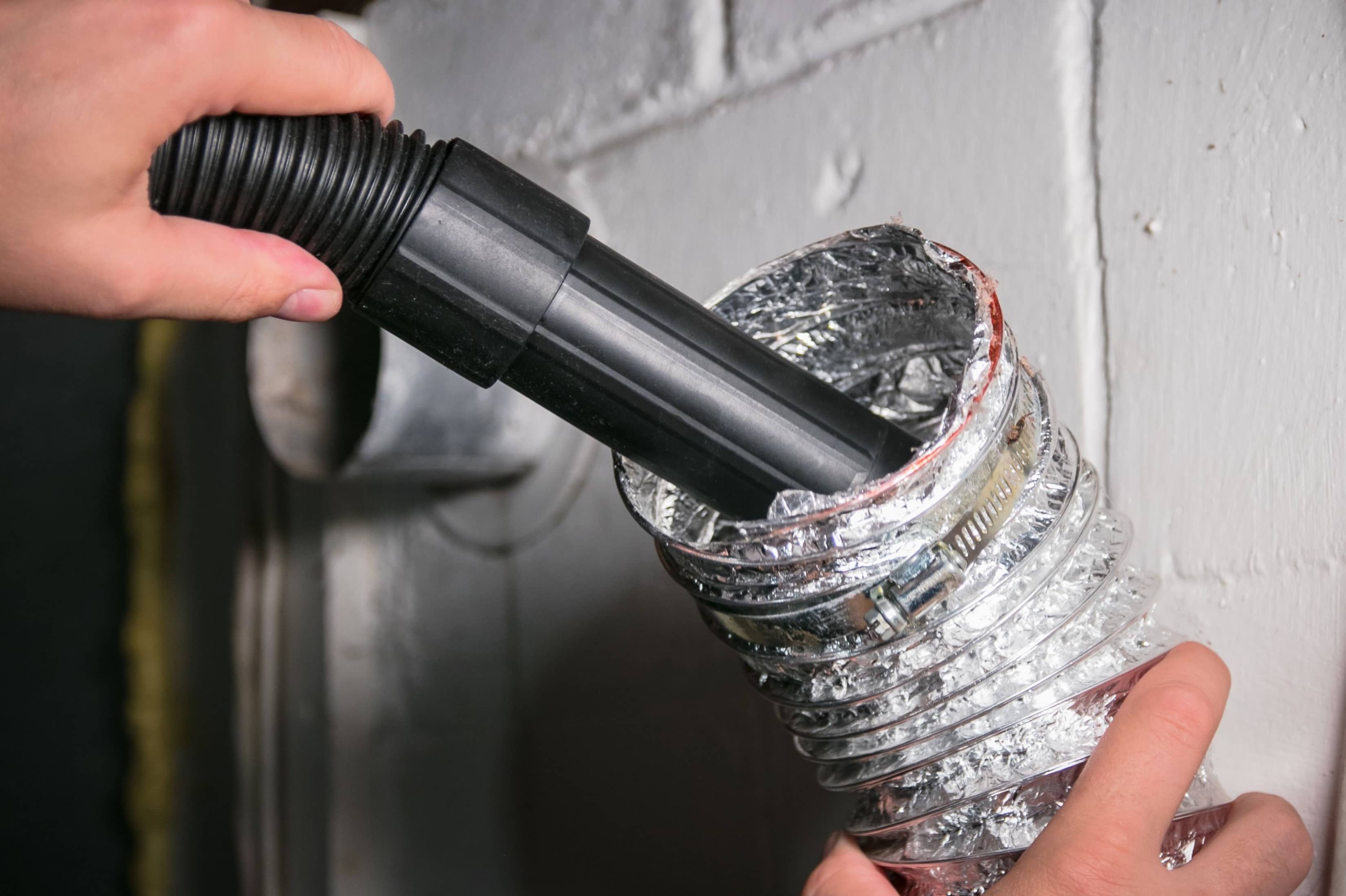
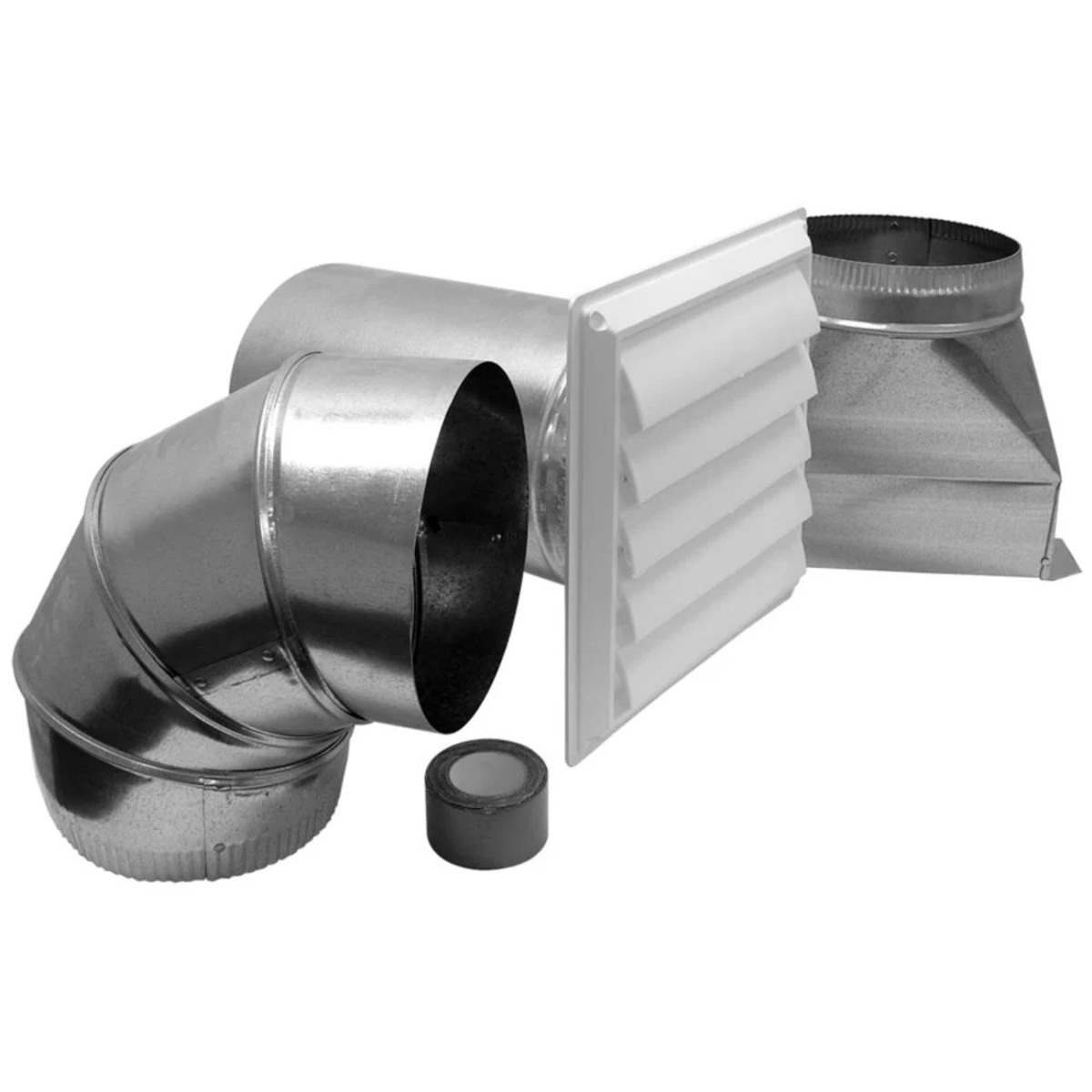
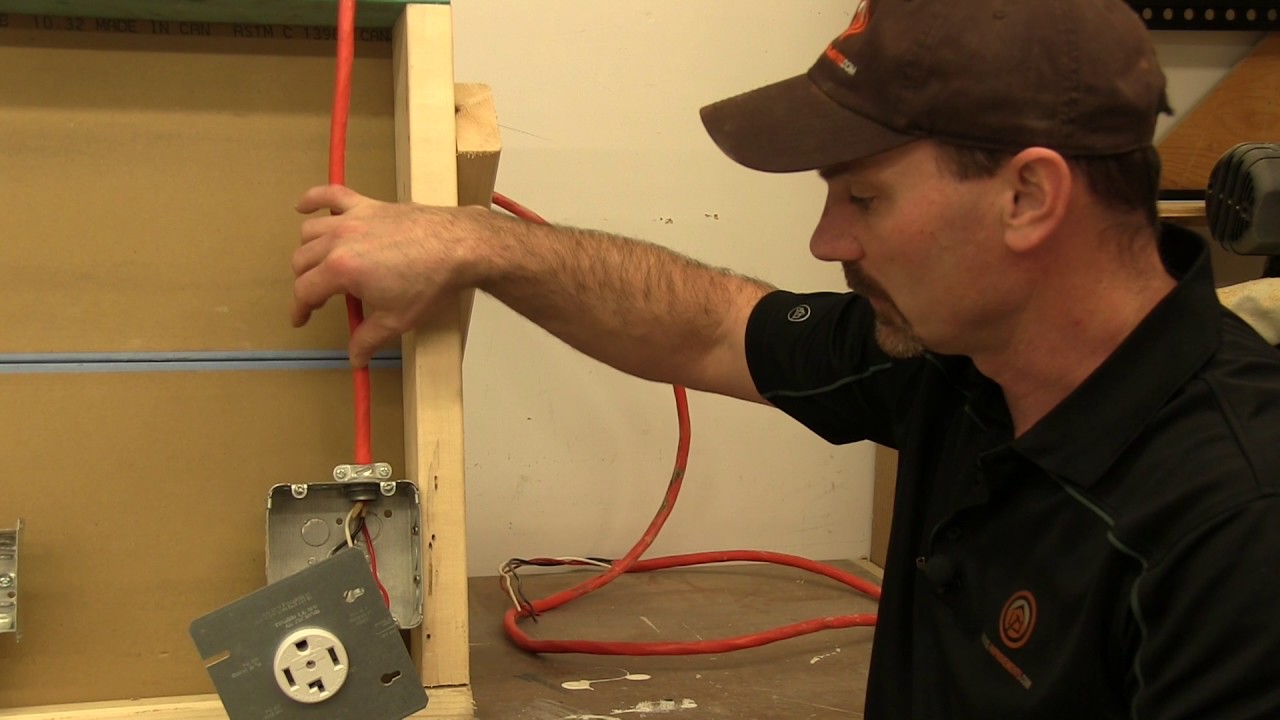
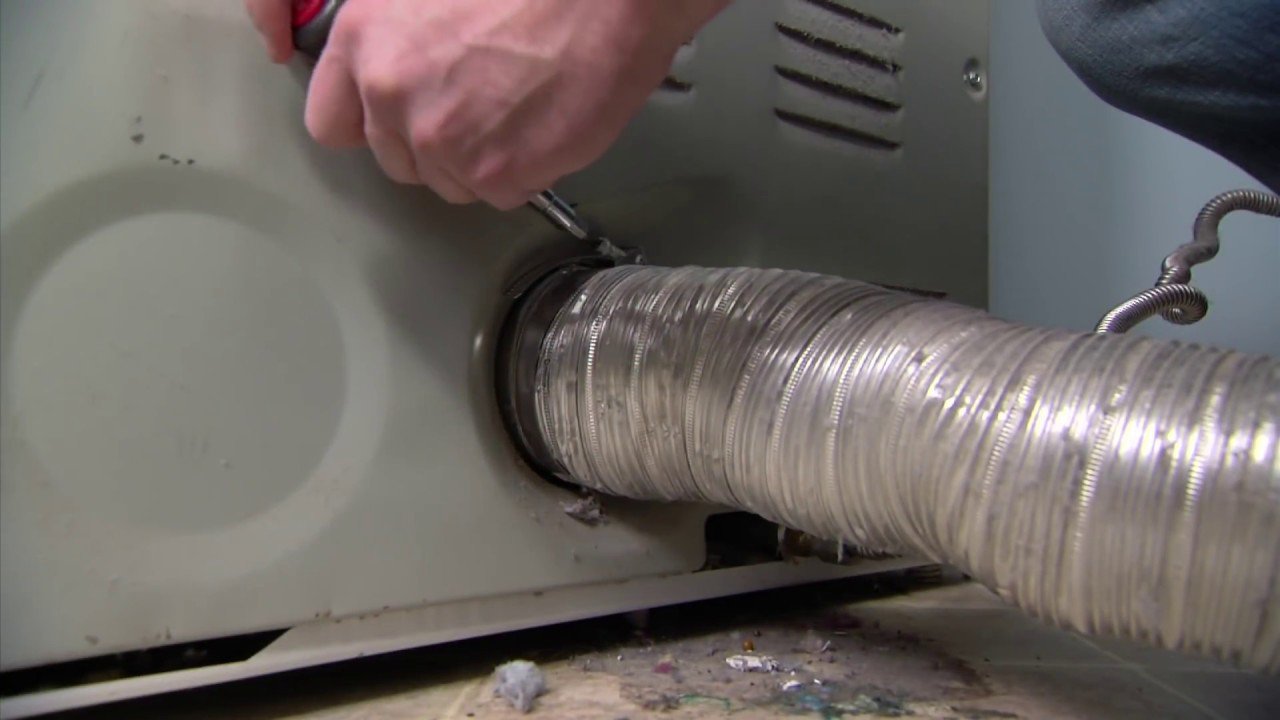
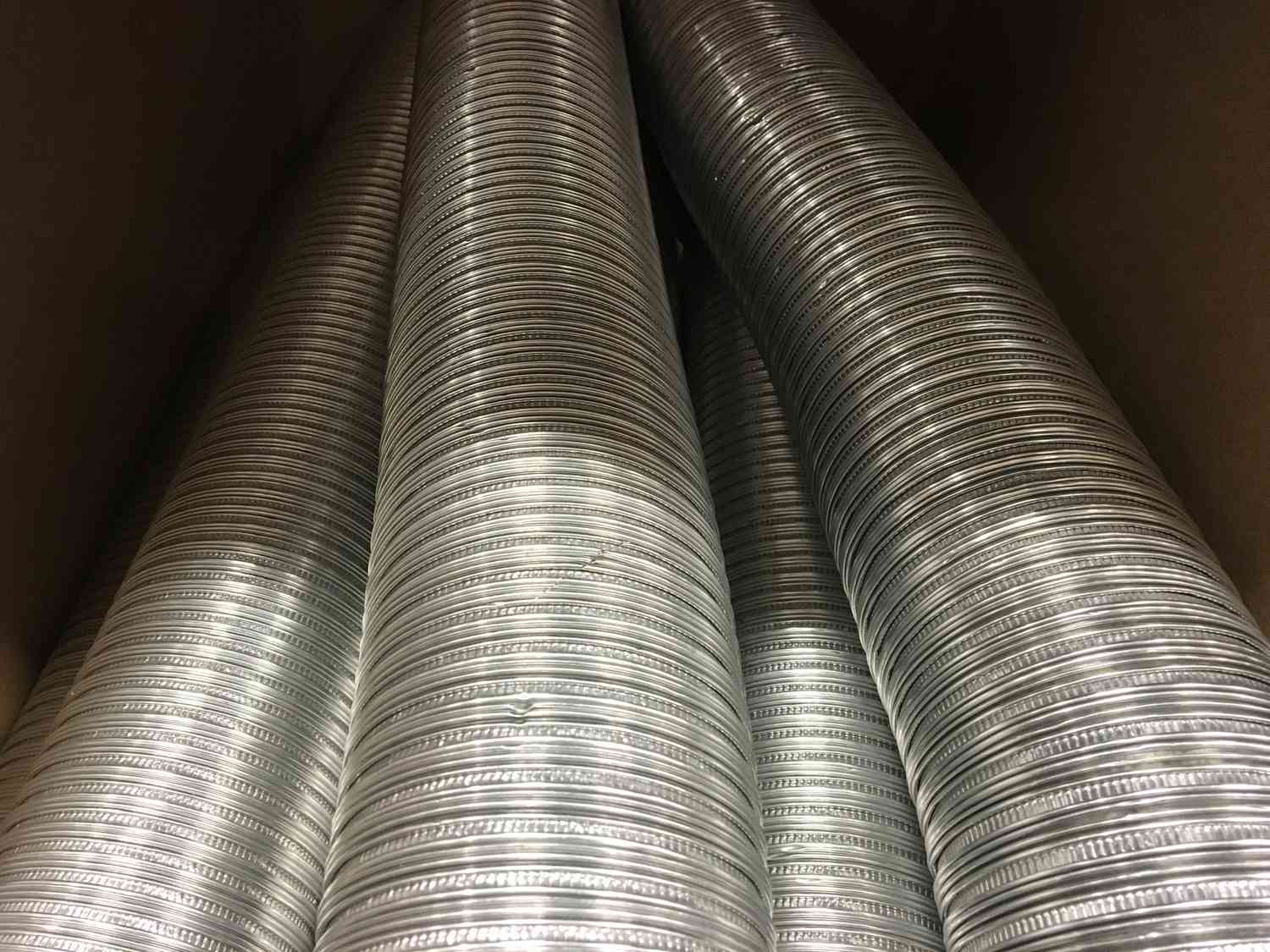
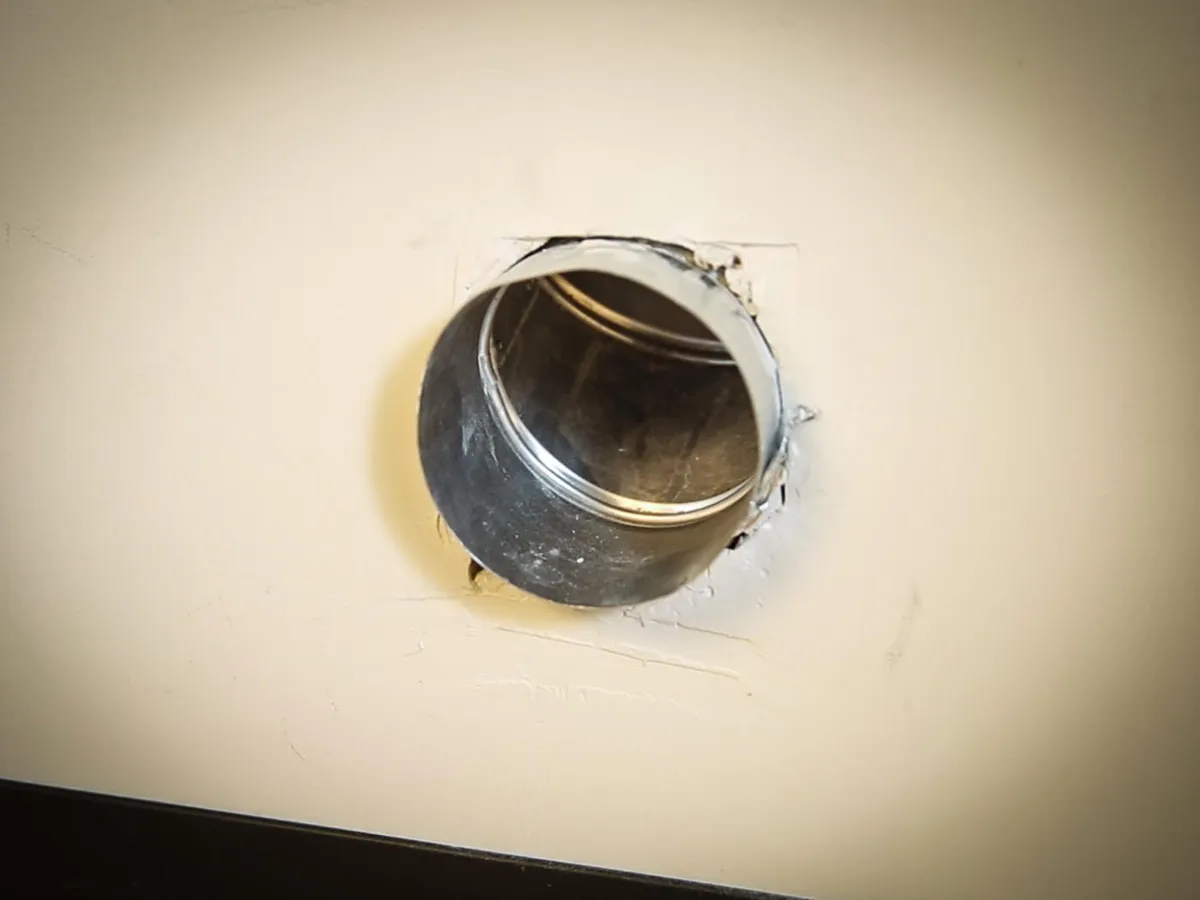
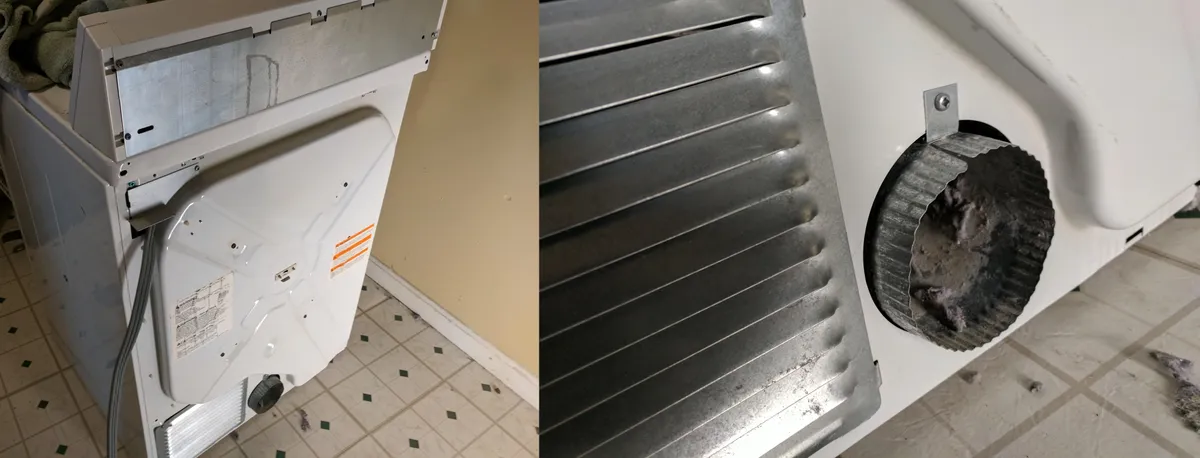
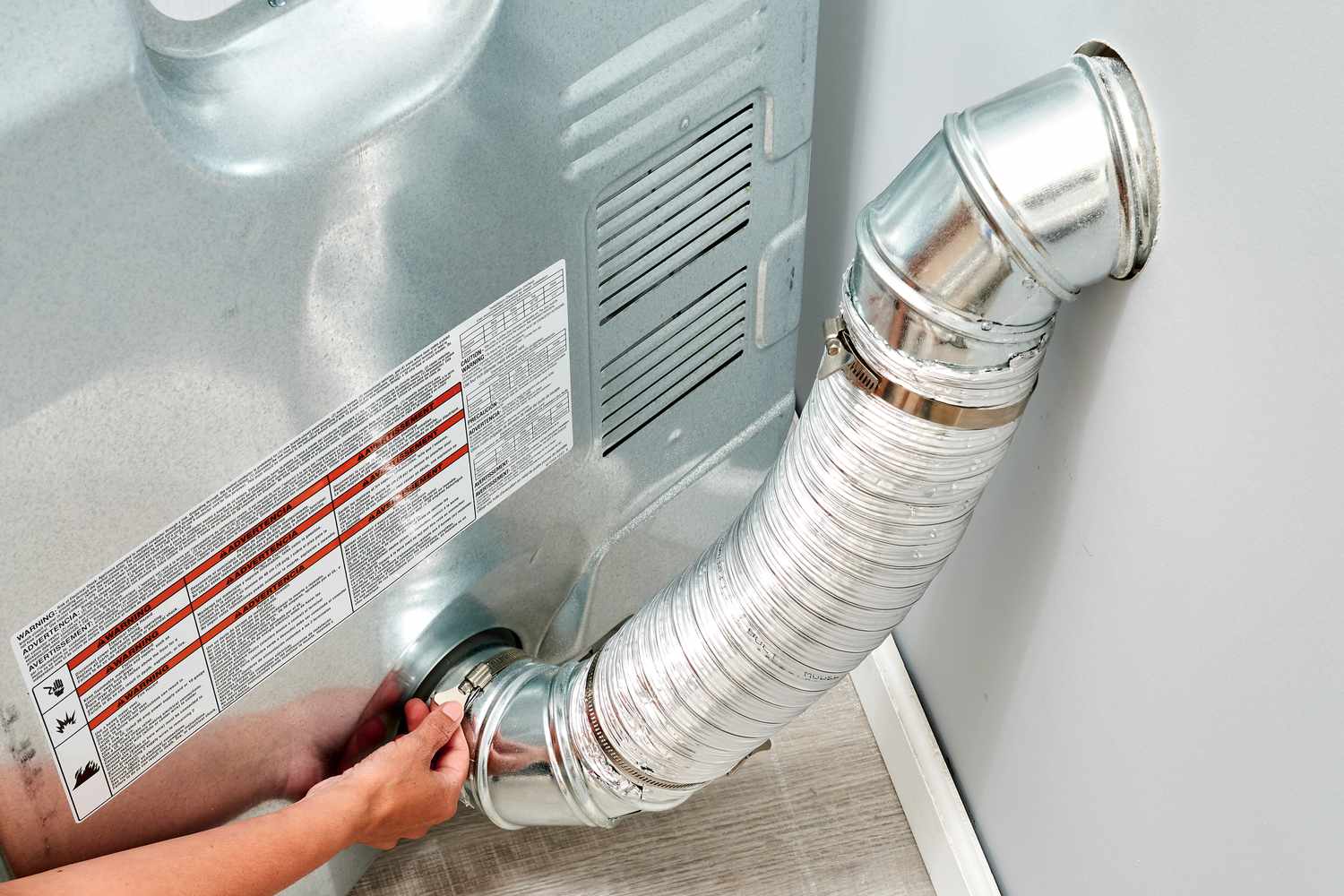
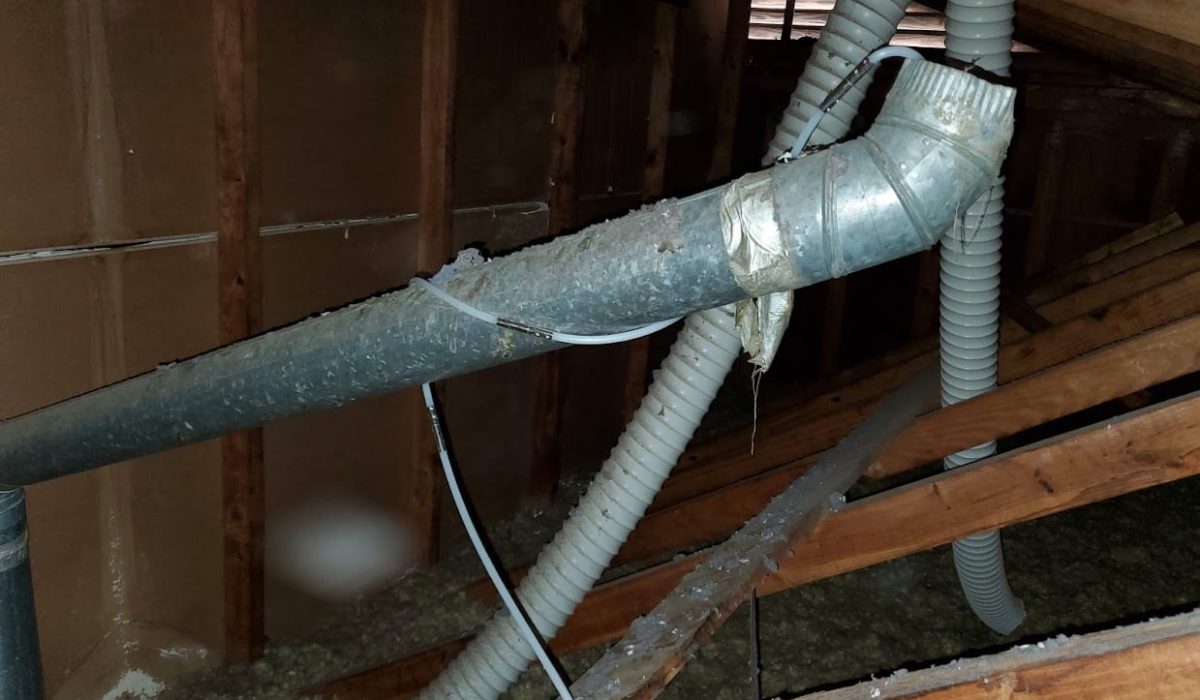
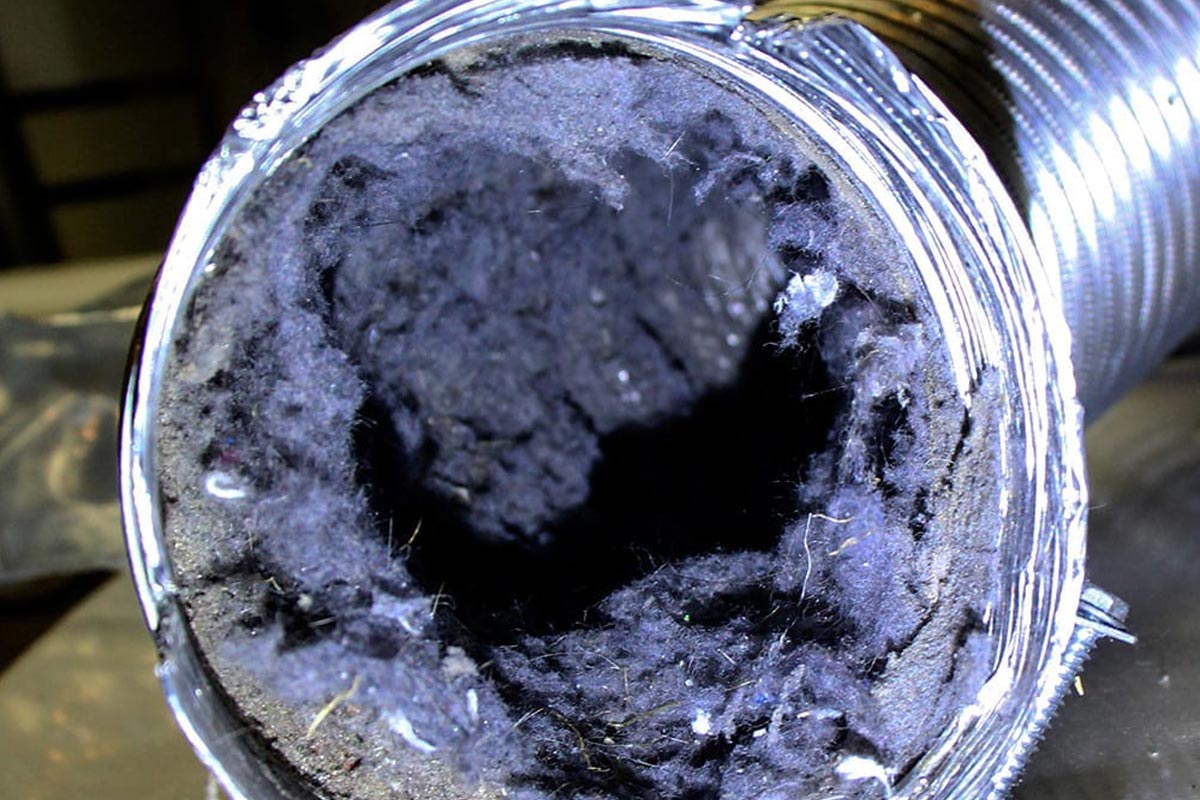
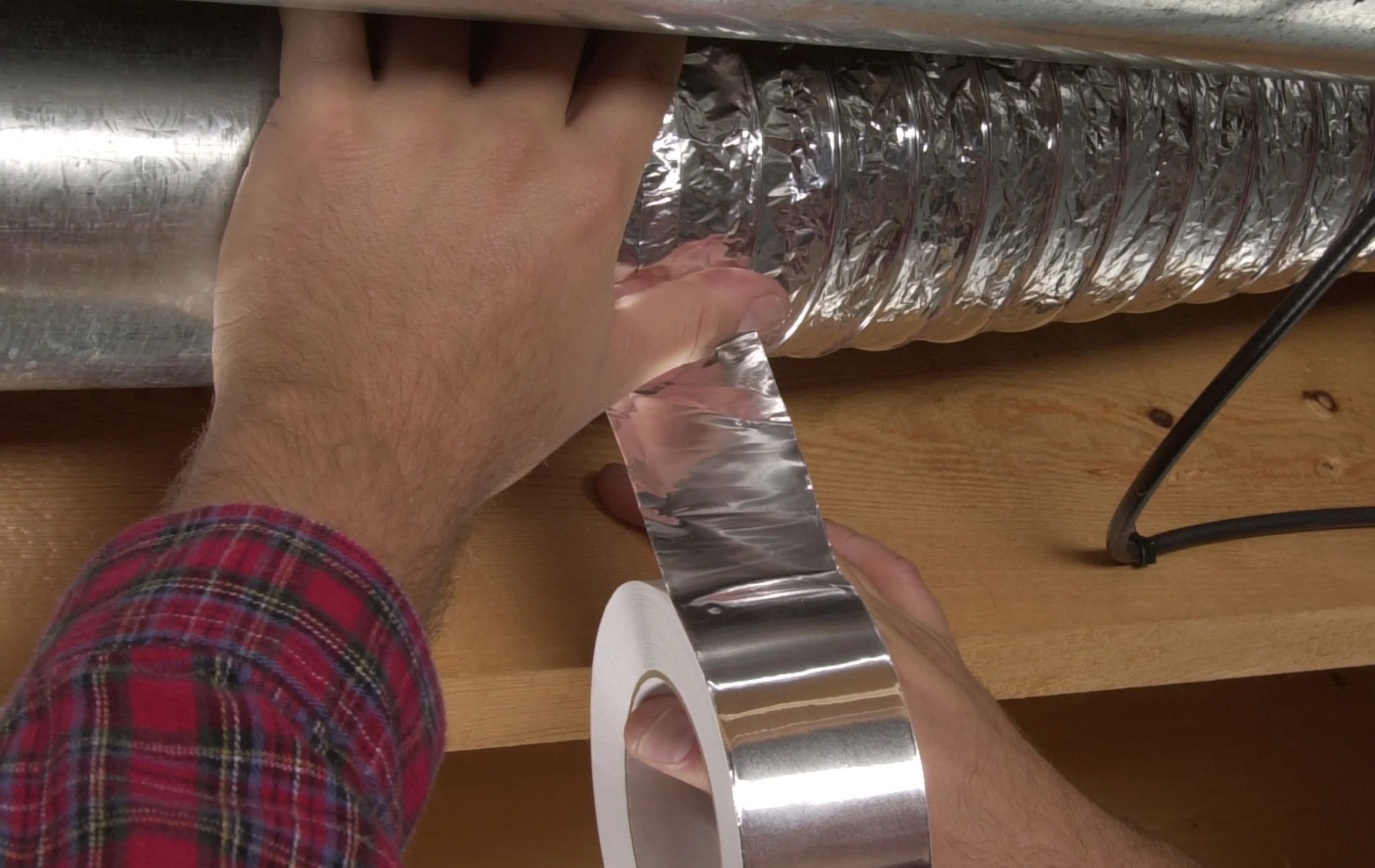
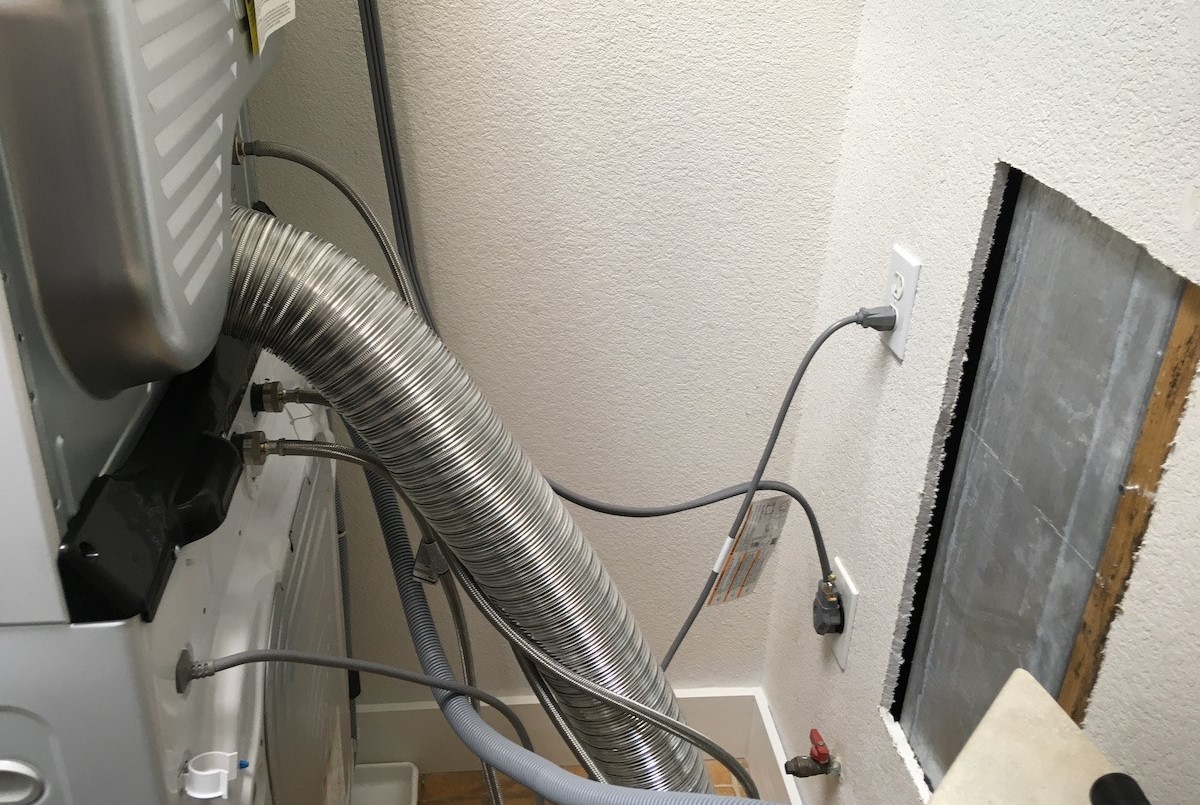
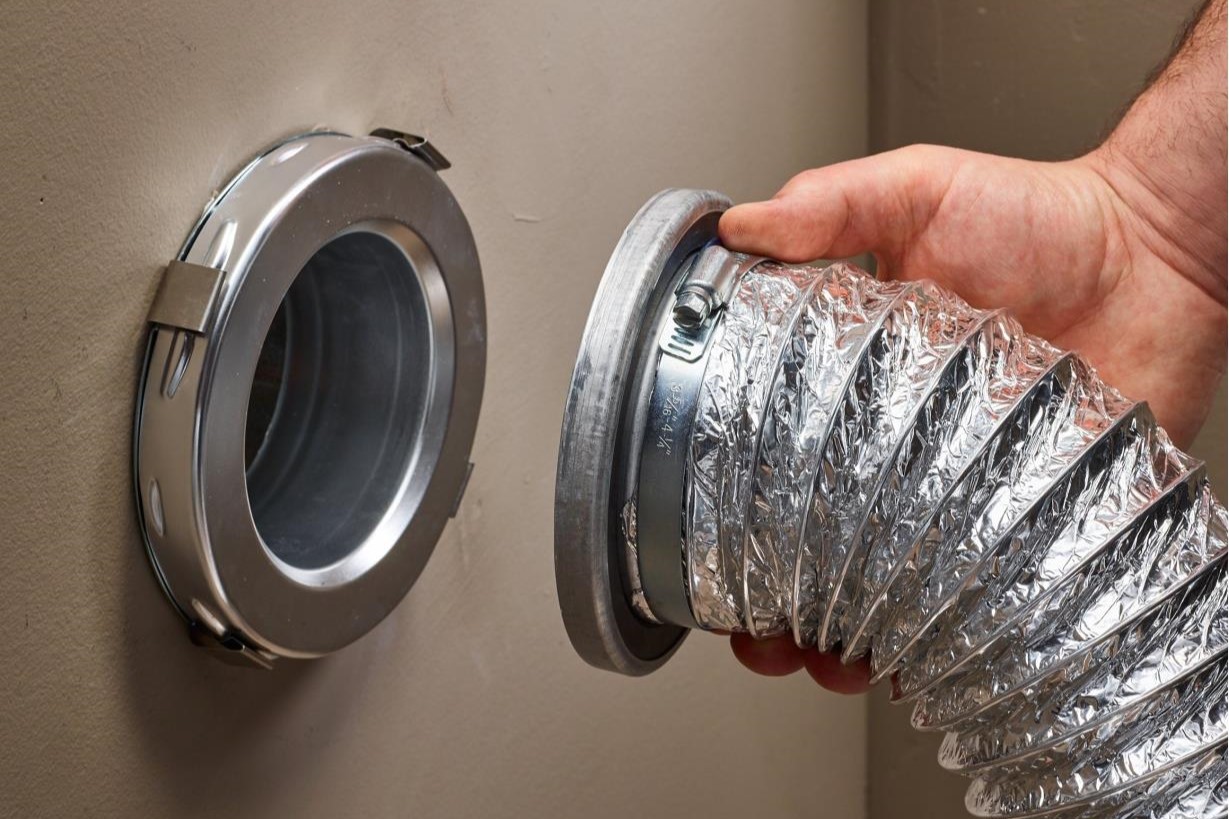

0 thoughts on “What Size Vent For Dryer”